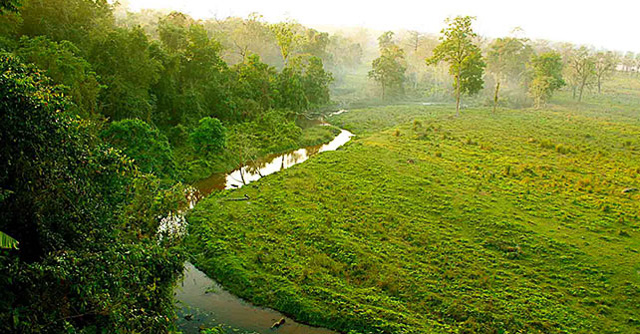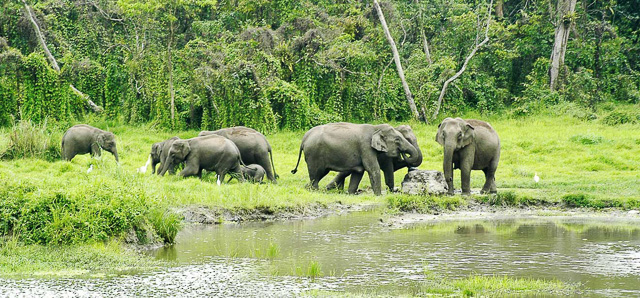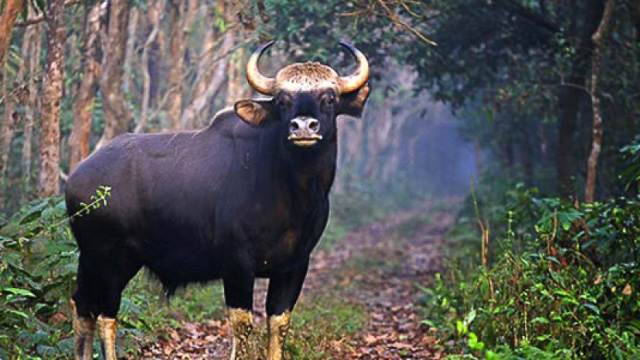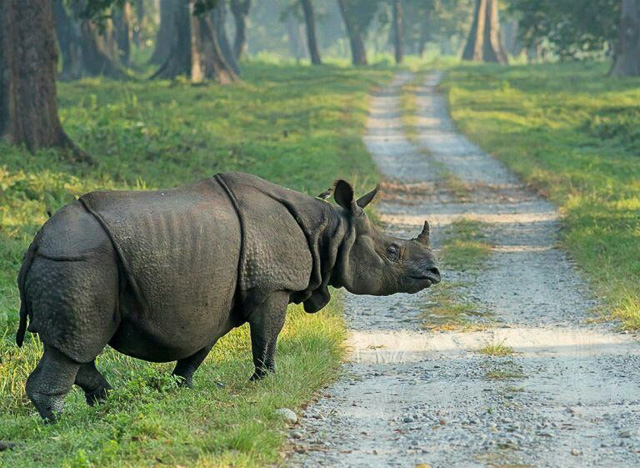About
Top Experiences
Type of Journey
Subscribe to newsletter and stay updated
Read about our travel expeditions, new destinations, new pictures, latest trip schedules
The 350 km long and 30 km wide stretch of alluvial floodplains located in the outer foothills of the Eastern Himalayas is referred to as the “Dooars,” which means “doors.” It starts in the West Bengal Teesta River and runs all the way to the Assamese Dhansiri River. The Dooars were once home to 18 different routes that connected the Indian plains with the Bhutanese hills. Tourism is well known in the western Dooars, which extends to the Sankosh River. The gorgeous Himalayan range, sparkling river streams, and lush, green tea estates all contribute to the splendor of this location. The region is blessed with a wide variety of plants and animals, as well as numerous sanctuaries and reserves for them. Some of the reserves that are home to a wide range of species and the beauty of the environment are Manas National Park, Mahananda Species Sanctuary, Gorumara National Park, Jaldapara Wildlife Sanctuary, the Buxa Tiger Reserve, and the Chapramari Wildlife Park. Numerous of these reserves are home to hundreds of mammals, birds, reptiles, and other animals. Another thrilling sight is the renowned Asiatic One-horned Rhino. Additionally, while on your safaris, you get the opportunity to take in the wilderness of nature in its purest form. If you enjoy bird watching, these parks are the place for you because they are home to hundreds of different bird species.
OVERVIEW
Location:Alipurduar District, West Bengal, India
Nearest Airport:Bagdogra Airport
How to reach:4.5 hours drive from Bagdogra airport
Famous for:Lush green forests, Elephant and Rhino population
Best time to visit: October to June
WHAT TO SEE
Mammals: One-horned Indian rhino, Elephant, Indian Gaur, Leopards, Rock Python, Malayan Giant Squirrel
Birds: Green Cochoas, Sultan Tits, Manipur Bush-Quail, Great and Wreathed Hornbills, Pale-headed Woodpecker, Hodgson’s Frogmouth, Blue-eared Barbet, Blyth’s and Ruddy Kingfishers, Chestnut-breasted Partridge, Asian Emerald Cuckoo
The flora and fauna:
Given the abundance of wildlife reserves nearby, it is clear that the area is a biodiversity hotspot for animals, birds, and several plant and herb species. But regrettably, a number of animal species, including elephants, rhinoceroses, and tigers, are now considered endangered because of unlawful poaching and other human activities. However, the government has launched a number of programs to halt the horrible unlawful actions and save these animals.
After Kaziranga National Park, Jaldapara National Park is well known for its one-horned rhinos. Numerous other creatures are also kept there, including deer, bison, and a wide range of birds and reptiles. The small Red Panda, distinguished by its adorable little iron-red body and the bushy ringed tail, is one of the most endangered animals in the world, and the Neora Valley National Park is one of the best reserves to visit in the region because it is home to this animal. The reserve’s beauty is enhanced by the orchids and the butterflies that flutter about them.

The region is covered in tea plantations, which draw a variety of lovely butterfly species. The surrounding tiny towns are also awash with beauty. While villages like Dalgon are constantly covered in lovely flowers and step farms, Suntalekhola boasts a sizable orange and cardamom plantation. Such different plantation settlements just add to the area’s natural attractiveness.
The best way to enjoy these Dooars would be on a Jeep Safari or an Elephant Safari.

Places to visit:
Buxa Tiger Reserve: The largest forest in North Bengal, covering an area of 745 sq. km, and situated at the Assam- Bhutan border, the Buxa Tiger Reserve is a place worth visiting. The park holds a large number of mammals such as the Indian Bison, many species of Deer, Elephants, Leopards, and many other mammals. Innumerable species of birds and reptiles also roam around the reserve.
Apart from wildlife, the Buxa Tiger Reserve is also very rich in terms of fauna. A great and of its kind collection of Rare orchids can be found in the reserve. Sighting of Elephants is very common in the reserve, whereas the Tigers are a bit elusive.
Chapramari: The Chapramari is a wildlife sanctuary in the western part of the Dooars. It is also a continuation of the vast and well-known Gorumara National Park. Murti River divides these two forests where the Chapramari lies on the North-East part of the river. The river attracts various mammals and other animals. Elephants and Indian Bison are commonly sighted in parts of this sanctuary.

Gorumara National Park: The Gorumara National Park is located on the flood plains of two rivers, Murti and Jaldhaka. This is one of the primary reasons for its vast biodiversity and variety of wildlife. Gorumara is mainly famous for its one-horned rhinos, along with many other animals. Covering an area of 80 sq. Km the area was declared as a reserve in 1994, and since then it has been home to a large part of wildlife in the area. Many animals such as Elephants, Indian Bison, Rock Python, Leopards, Malayan Giant squirrels, and many other animals are a common sight at the reserve.
Jaldapara National Park: Situated on the foothills of the Eastern Himalayas and the bank of river Torsa in West Bengal, this is a National park very close to the natural wilderness. This reserve was declared a National park back in 1943. The vast grasslands and forests house a large variety of animals in the area. A large variety of flora and fauna can be spotted in the Jaldapara National Park among which the most famous would be the Asiatic One-Horned Rhino.
